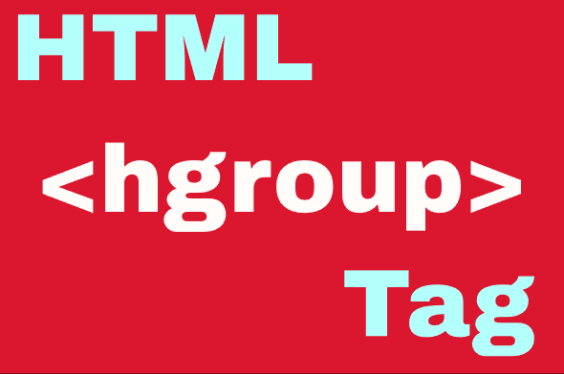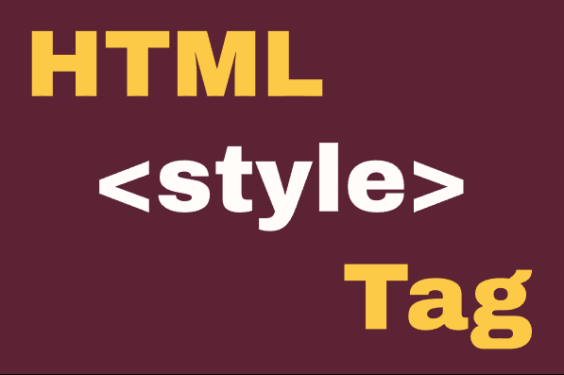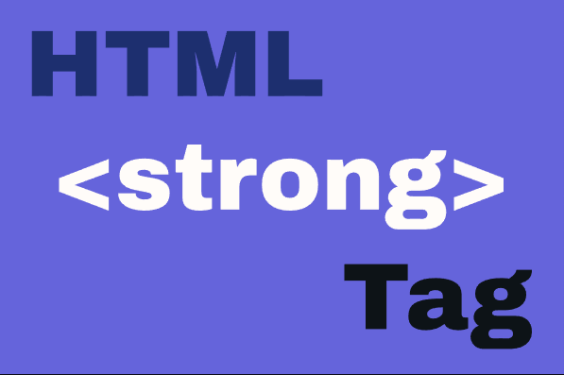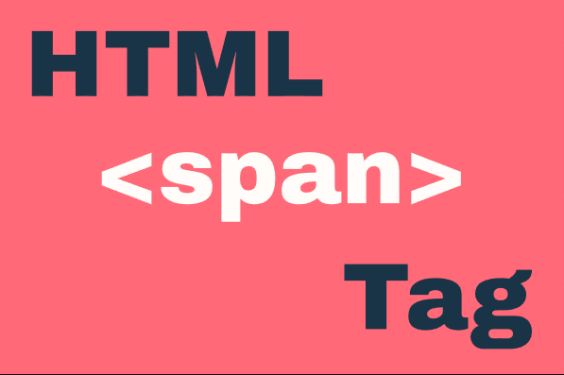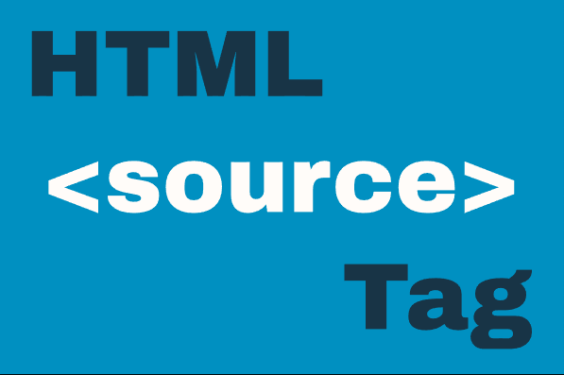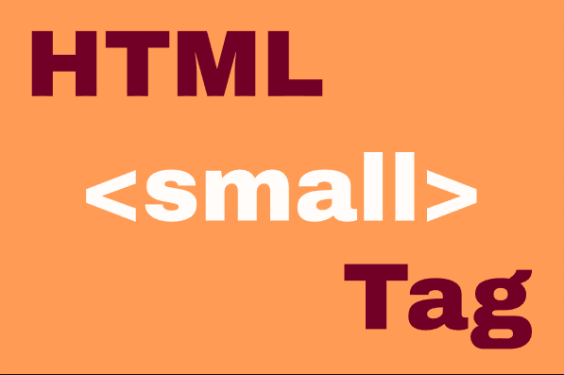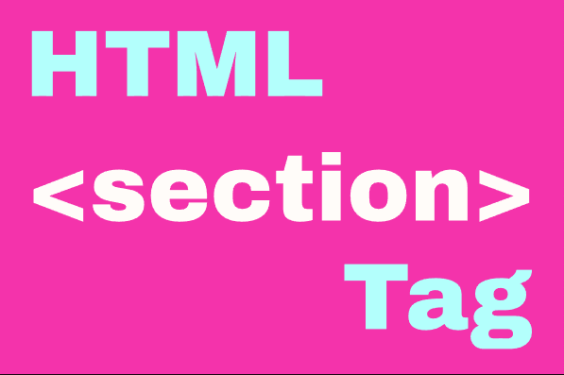HTML <hgroup> Element
Publish in HTML Tutorial el 24/05/2025 15:17
The <hgroup> element is used to group a set of heading elements (<h1> to <h6>) when you have multiple levels of headings that belong together semantically. This element is particularly useful for creating subtitle relationships without affecting the document outline.
Key Features:
- Groups multiple heading elements into a single unit
- Only affects the document outline with the highest-level heading
- Useful for creating subtitle relationships
- Helps maintain proper document structure
Basic Syntax
Rendered Example
Main Title
Subtitle
Usage Examples
Example 1: Basic hgroup with two headings
This shows a simple hgroup containing a main title and subtitle.
Example 2: hgroup with three heading levels
Demonstrating how hgroup can contain multiple heading levels.
Example 3: hgroup with styling
Showing how to style an hgroup element and its contents.
Example 4: hgroup with JavaScript (Dynamic Content)
Using JavaScript to dynamically update hgroup content.
Example 5: hgroup with JavaScript (Toggle Visibility)
Using JavaScript to toggle the visibility of an hgroup element.
Tips and Best Practices
- Use hgroup when you have multiple heading levels that belong together semantically
- Only the highest-level heading in the hgroup will contribute to the document outline
- Don't use hgroup for unrelated headings - it's meant for heading/subtitle relationships
- Style hgroup elements consistently throughout your site for better UX
- Combine with ARIA attributes when needed for better accessibility
- Remember that screen readers will still read all headings within the hgroup
Browser Support
The <hgroup> element is widely supported in all modern browsers, including Chrome, Firefox, Safari, Edge, and Opera. However, some older browsers might not recognize it as a semantic element, though they will still render the content.
